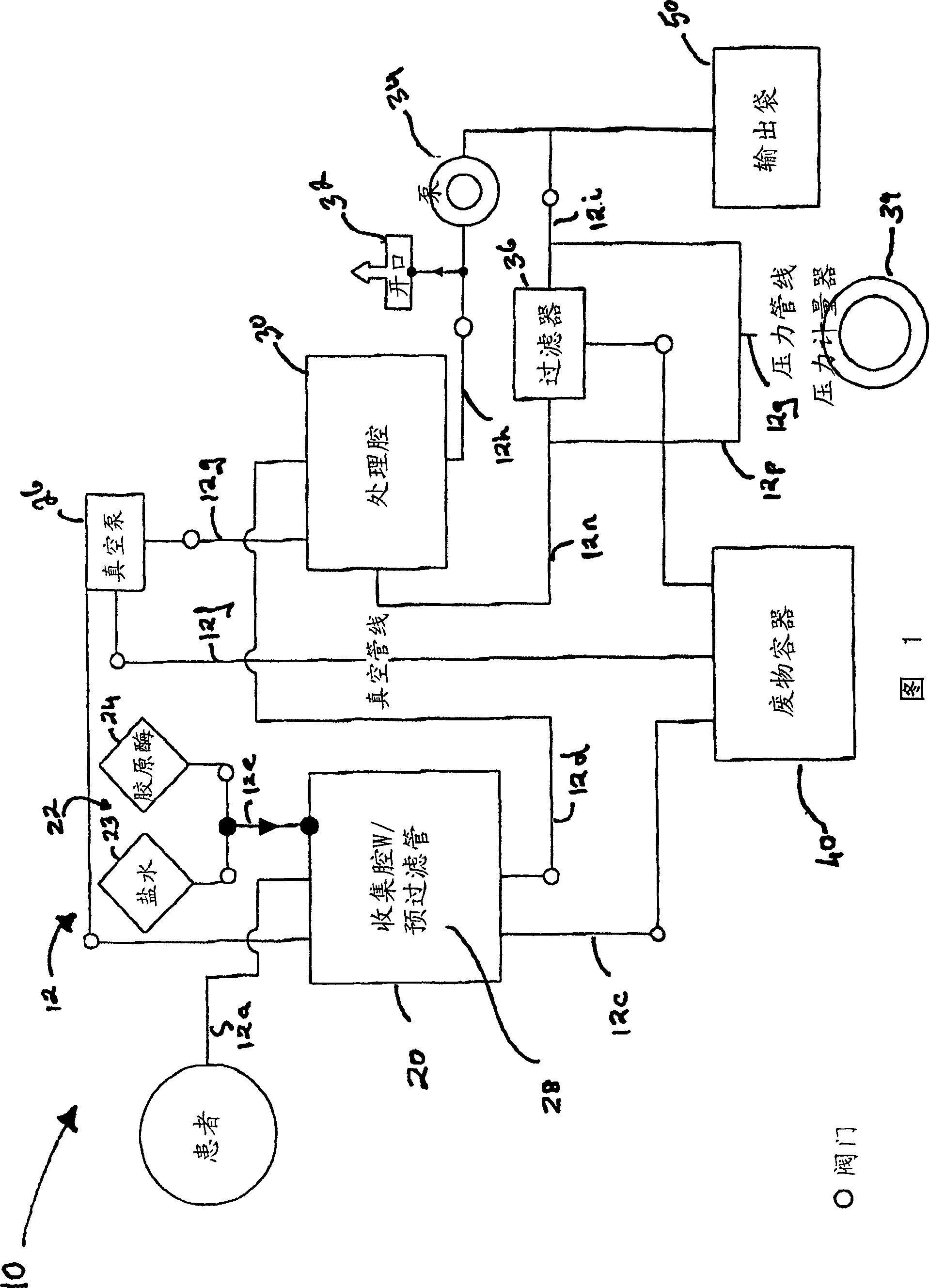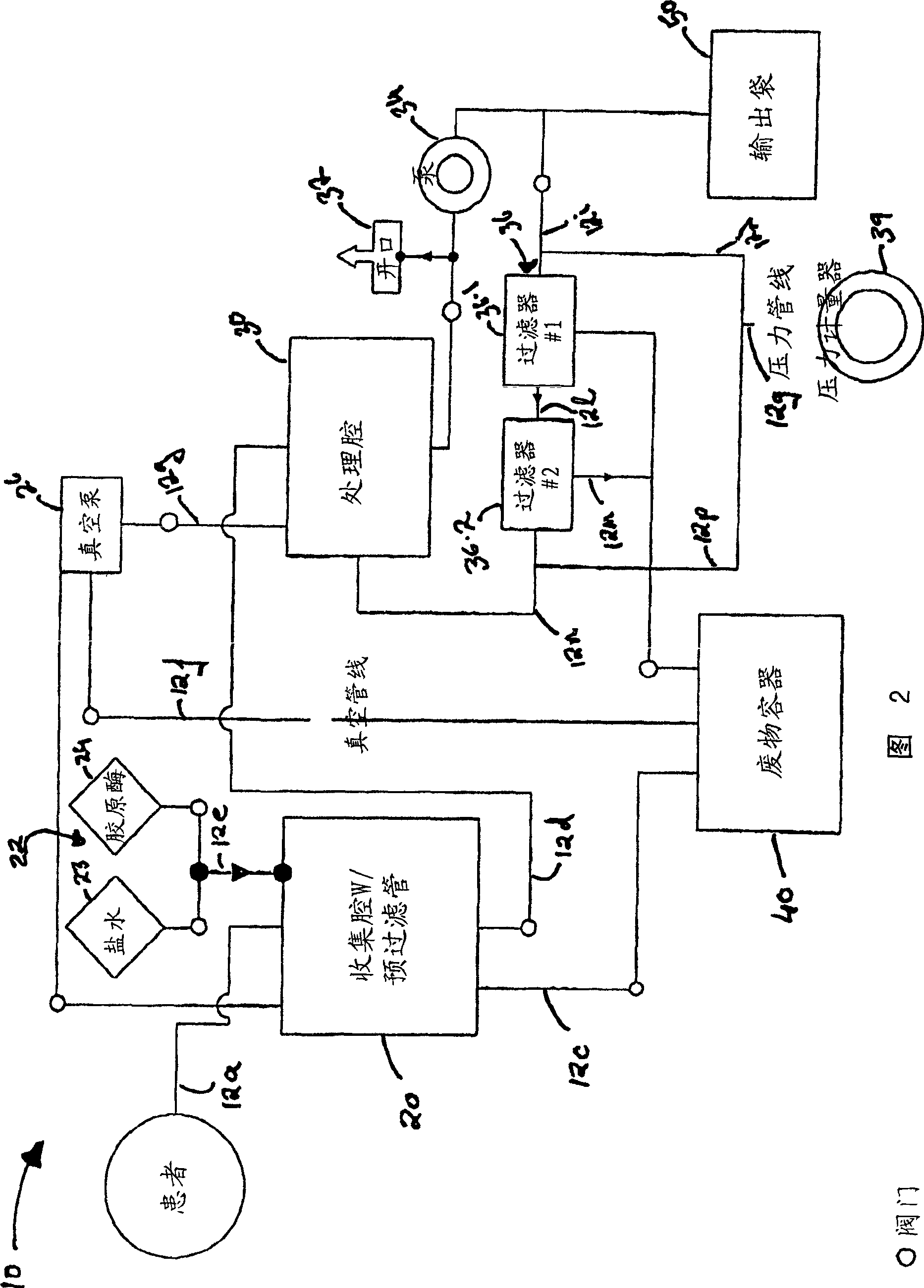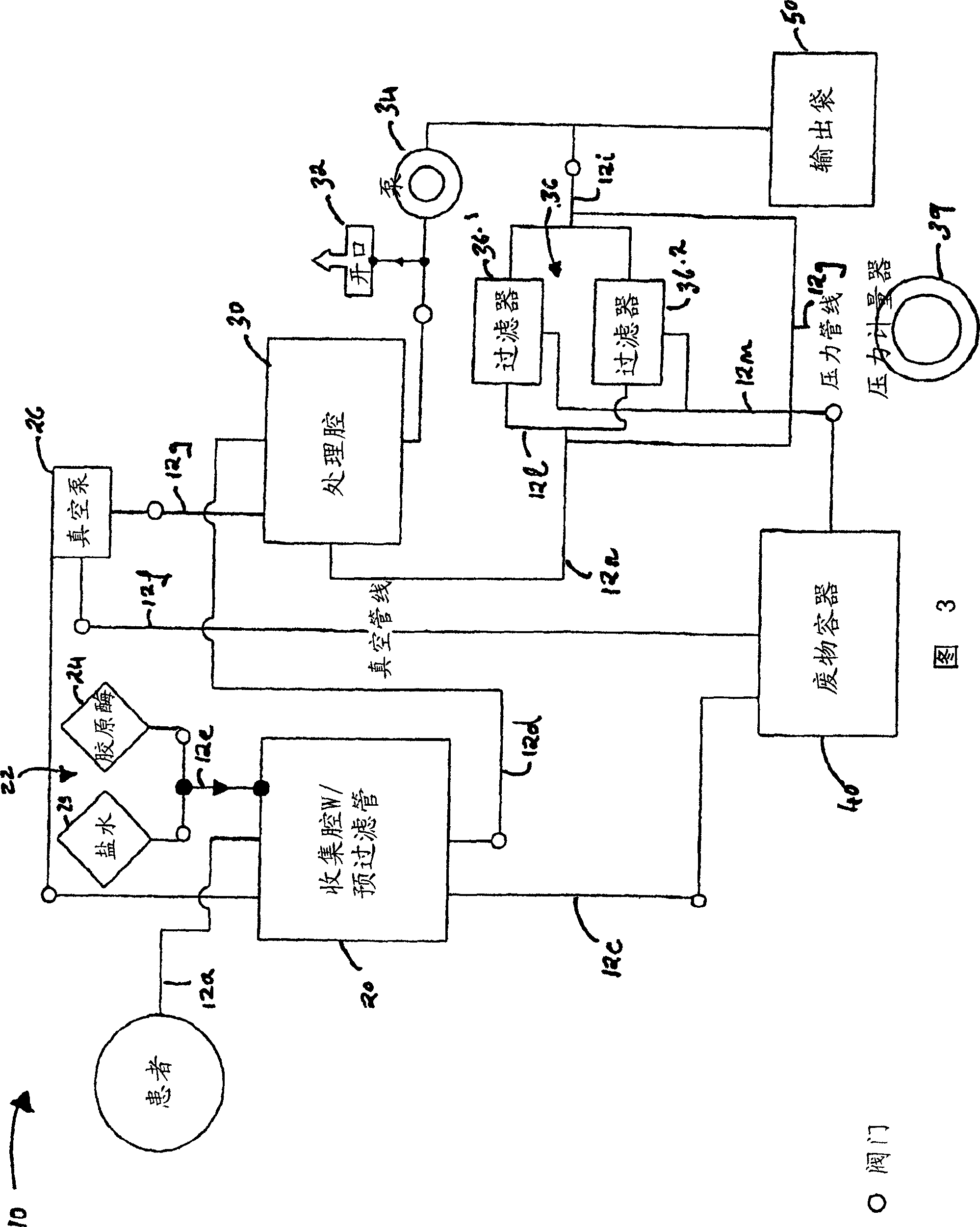Methods of using adipose tissue-derived cells in augmenting autologous fat transfer
A fat tissue and tissue technology, applied in the direction of bone/connective tissue cells, tissue culture, animal cells, etc., can solve the problems of limited self-renewal ability and inability to transport long-term products of fat cells
- Summary
- Abstract
- Description
- Claims
- Application Information
AI Technical Summary
Problems solved by technology
Method used
Image
Examples
example 1
[0180] Example 1: Expression of angiogenic growth factor-VEGF by ADC
[0181] Vascular endothelial growth factor (VEGF) is one of the important regulators of angiogenesis (Nagy et al., 2003; Folkman 1995). Placental growth factor, another member of the VEGF family, plays a similar role in angiogenesis and arteriogenesis. Specifically, transplantation of wild-type (P1???GF+ / +) cells into P1GF-isolated mice restored the ability to allow rapid recovery from hindlimb ischemia (Scholz et al., 2003).
[0182] Assuming that angiogenesis and arteriogenesis are important for the revascularization process, the expression of P1GF and VEGF by the regenerative cells of the present invention was examined using an ELISA assay (R & D System, Minneapolis, MN) using Adipose-derived regenerative cells from three donors. One donor had a history of hyperglycemia and type 2 diabetes (a condition highly associated with microvascular and macrovascular disease). Renewable cells from each donor we...
example 2
[0185] Example 2: ADCs comprise cell populations involved in angiogenesis
[0186] Endothelial cells and their precursors, endothelial progenitor cells (EPCs), are known to be involved in blood vessel formation. To determine whether EPCs are within adipose-derived regenerative cells, human adipose-derived regenerative cells were evaluated for EPC cell surface markers such as CD-34.
[0187] ADCs were isolated by enzymatic digestion of human subcutaneous adipose tissue. ADC (100 microliters) was incubated in phosphate saline buffer (PBS) containing 0.2% fetal bovine serum (FBS), and incubated at 4 degrees Celsius for 20 to 30 minutes to allow fluorescent labeling Antibodies directed against human endothelial markers CD-31 (marker of differentiated endothelial cells) and CD-34 (EPC marker) and human ABCG2 (ATP-binding cassette transporter) selectively expressed on pluripotent cells. After washing, cells were analyzed on a FACSAria sorter (Beckton Dickenson-Immunocytometry). T...
example 3
[0190] Example 3: In Vitro Development of Vascular Structures in ADCs
[0191]A technique-approved assay for angiogenesis is that endothelial cells grown on a trophoblast of fibroblasts develop into a complex network of CD-31-positive tubes reminiscent of a nascent capillary network (Donovan et al. , 2001) test. Since adipose-derived regenerative cells contain endothelial cells, EPCs, and other stromal cell precursors, we tested the ability of these regenerative cells to form capillary-like structures in the absence of trophoblasts. Regenerative cells derived from the inguinal fat pad of normal mice developed capillary networks two weeks after culture (Fig. 18A). Remarkably, regenerative cells from hyperglycemic mice with type 1 diabetes induced with streptozotocin (STZ) formed capillaries 8 weeks after STZ administration like those formed by cells from normal mice An equivalent capillary network like the network (Fig. 18B).
[0192] In subsequent studies, adipose-derived r...
PUM
 Login to View More
Login to View More Abstract
Description
Claims
Application Information
 Login to View More
Login to View More - R&D
- Intellectual Property
- Life Sciences
- Materials
- Tech Scout
- Unparalleled Data Quality
- Higher Quality Content
- 60% Fewer Hallucinations
Browse by: Latest US Patents, China's latest patents, Technical Efficacy Thesaurus, Application Domain, Technology Topic, Popular Technical Reports.
© 2025 PatSnap. All rights reserved.Legal|Privacy policy|Modern Slavery Act Transparency Statement|Sitemap|About US| Contact US: help@patsnap.com



